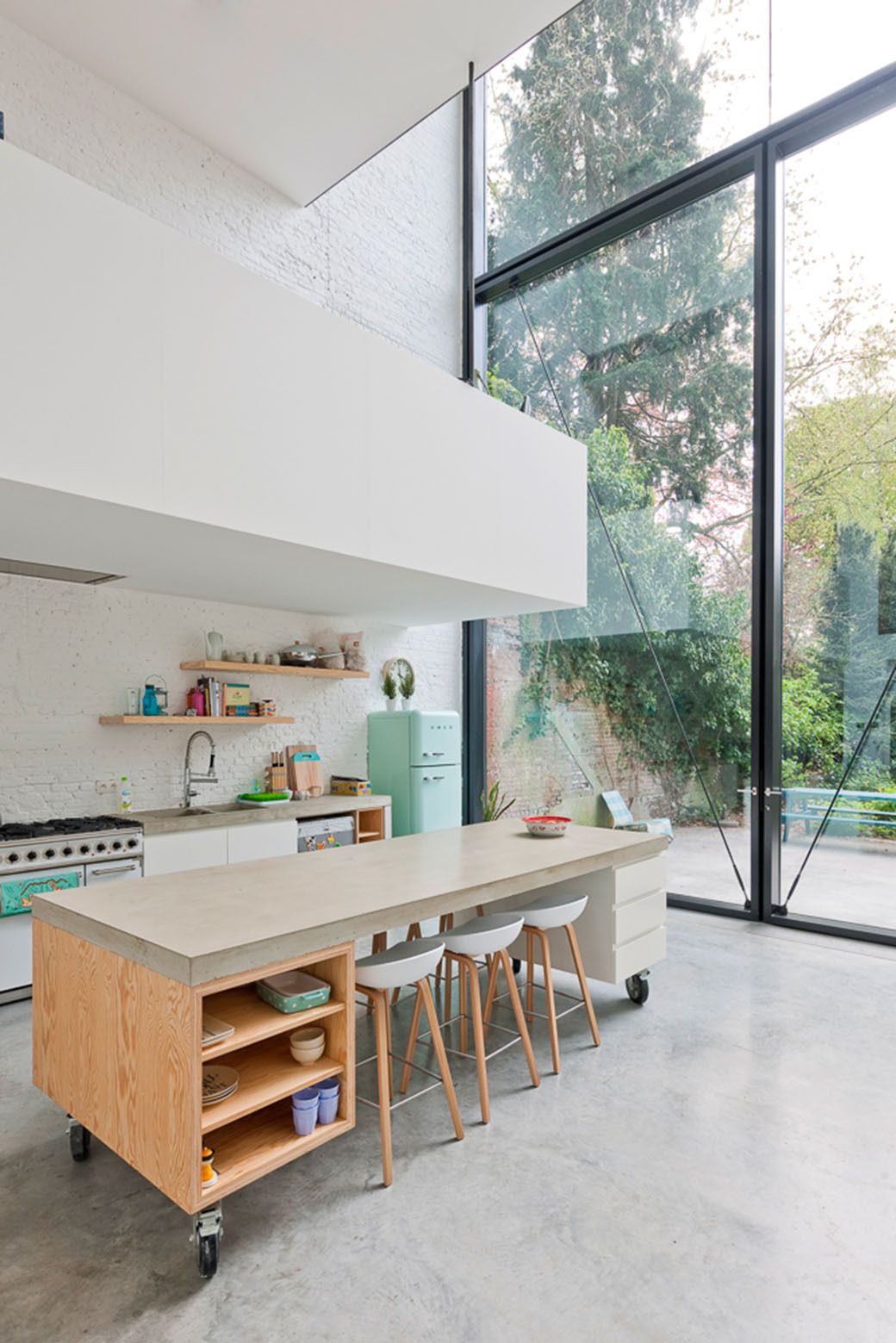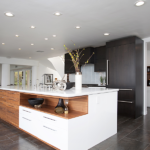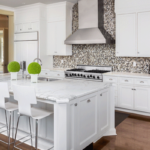Kitchen islands have become a staple in modern kitchen design, offering not only additional counter space and storage but also serving as a central hub for cooking and entertaining. From traditional to contemporary styles, kitchen islands come in a variety of shapes, sizes, and materials to suit any aesthetic.
When designing a kitchen island, there are several factors to consider. First and foremost, the size of the kitchen and the island itself must be carefully measured to ensure that it fits comfortably within the space without obstructing flow or access to other areas. Islands are typically recommended to be at least 3 feet wide and 7 feet long to accommodate seating and adequate counter space.
The shape of the island can also greatly impact the overall design of the kitchen. Rectangular or square islands are common and provide ample space for food prep and dining, while L-shaped or curved islands can help create a more dynamic and visually interesting layout. The choice of materials, such as granite, marble, wood, or stainless steel, can also greatly impact the look and feel of the island.
In addition to functionality and aesthetics, kitchen islands can also be customized to include a range of features to suit the specific needs of the homeowner. Built-in appliances, such as stovetops, sinks, or wine coolers, can be integrated into the island to create a seamless and efficient cooking space. Additional storage options, such as drawers, cabinets, or open shelves, can help keep kitchen essentials organized and easily accessible.
Seating is another important consideration when designing a kitchen island. Whether it be stools, chairs, or benches, seating can transform the island into a gathering spot for friends and family to gather and socialize while meals are being prepared. The height of the seating should also be taken into account to ensure comfort and proper alignment with the countertop.
Overall, kitchen islands are a versatile and practical addition to any kitchen, offering a myriad of design possibilities to suit a variety of styles and needs. Whether used for food prep, dining, or socializing, a well-designed island can truly elevate the functionality and aesthetics of any kitchen space.
 Decorationg Interior Design
Decorationg Interior Design






















